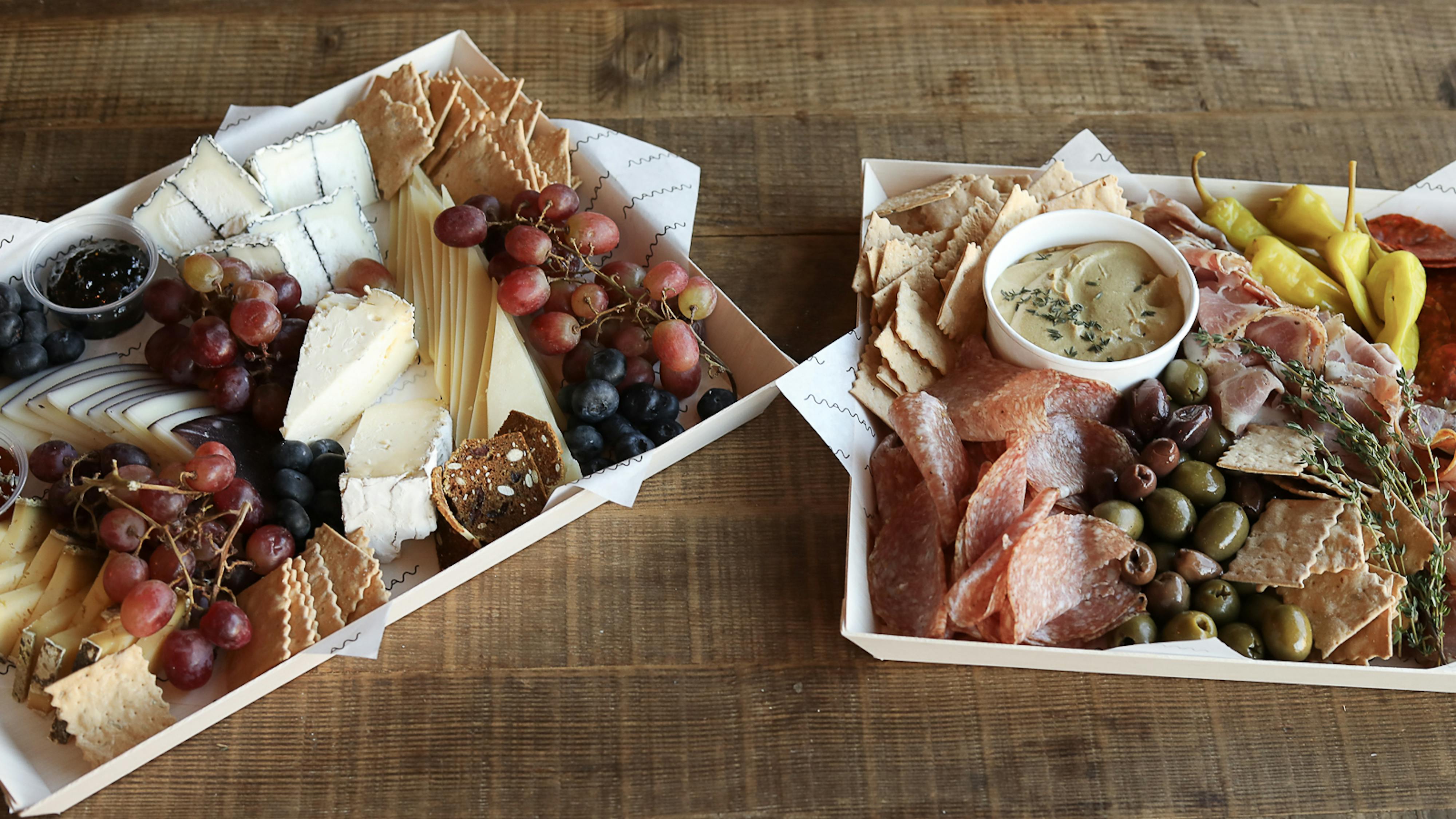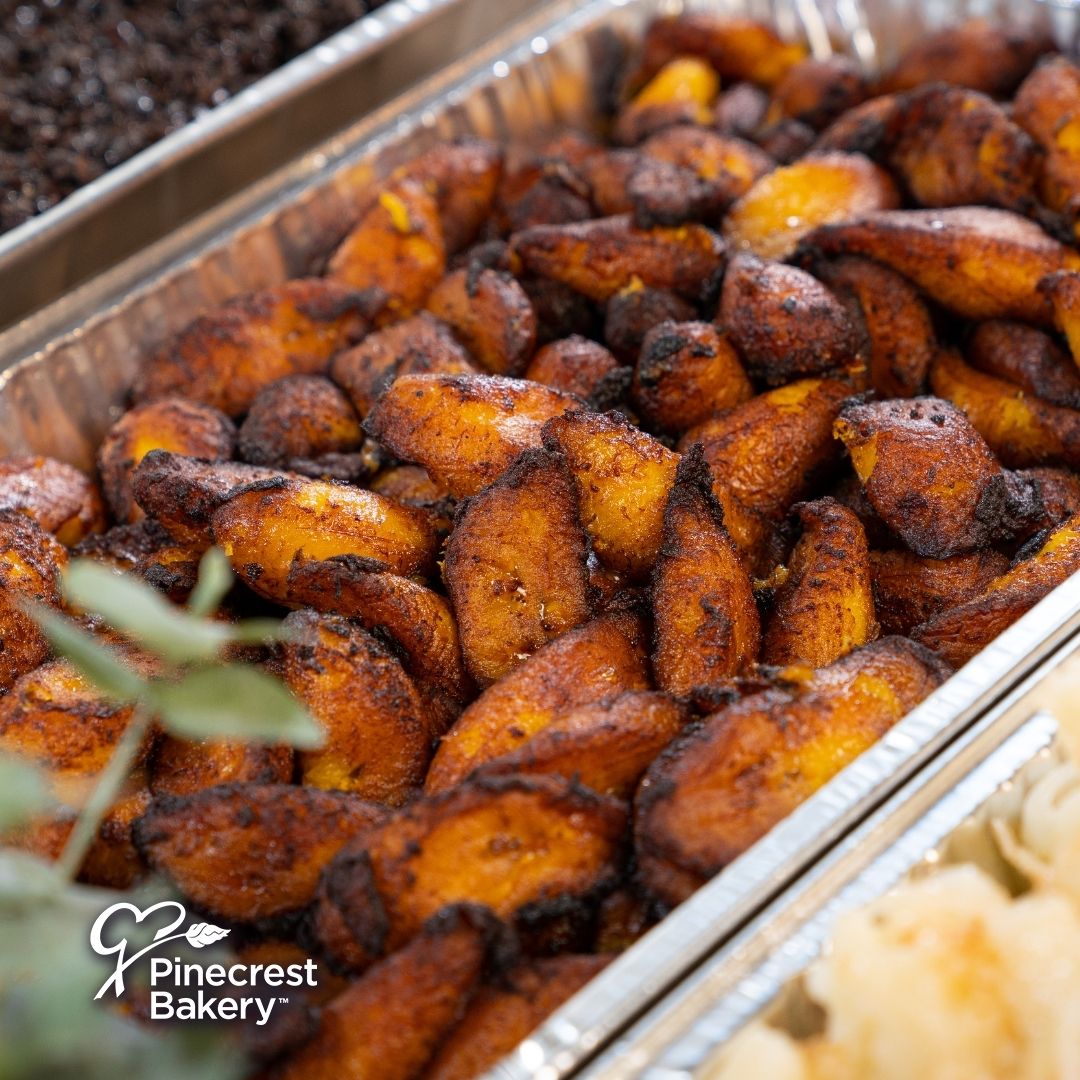Sophisticated Birthday Catering Maddington for an Advanced Touch
Sophisticated Birthday Catering Maddington for an Advanced Touch
Blog Article
Comprehending the Art of Pastry Shop Products: From Fresh Baked Breads to Irresistible Pastries and Finger Foods
The complex art of pastry shop products includes a spectrum of strategies and ingredients that transform fundamental parts into culinary delights. From the scientific research behind the excellent loaf of bread, where fermentation and gluten development play essential roles, to the finesse required for producing split breads, each element discloses a compelling narrative of craftsmanship. Moreover, the versatility of finger foods illustrates exactly how flavor and appearance can be skillfully incorporated to involve varied preference preferences. As we check out these aspects, one might question: what underlying concepts control the success of these precious productions?
The Scientific Research of Bread Making
At the heart of every loaf of bread exists an interesting interplay of chemistry and biology. The procedure of bread making begins with the mix of flour, water, salt, and yeast-- each ingredient playing a crucial function in the end product. Flour contains healthy proteins, mainly glutenin and gliadin, which, when blended with water, type gluten (Catering Maddington). This flexible network is important for capturing gases produced during fermentation.
Yeast, a living microorganism, ferments the sugars present in the flour, creating co2 and alcohol while doing so. The carbon dioxide gas develops bubbles in the dough, causing it to increase and create a light texture. The temperature level and moisture during fermentation substantially influence yeast task and, consequently, the bread's flavor and structure.

Learning Pastry Strategies
Exactly how can one achieve the fragile balance of appearance and flavor that defines phenomenal bread? Grasping bread methods requires a deep understanding of active ingredients, approaches, and the scientific research behind them. Essential to this craft is the choice of high-quality active ingredients-- flour, butter, sugar, and eggs-- each playing a vital function in the last item's flavor and appearance.
The method of lamination, which includes folding layers of dough and butter, creates the wanted flakiness in breads like croissants and smoke pastry. Precision in temperature is essential, as butter must continue to be cool to make certain optimum layers. Likewise, correct blending techniques, such as the creaming technique for cakes, make sure also incorporation of air and fat, leading to a light and ventilated crumb.
In addition, maintaining the best humidity levels throughout cooking can considerably impact the end result, ensuring that pastries increase properly and accomplish that golden-brown coating. The art of bread additionally requires patience and practice; each effort boosts one's ability and understanding of the detailed equilibrium look here called for to develop tempting breads that thrill the senses. Mastery in these techniques ultimately distinguishes an experienced pastry chef from an amateur.
Kinds Of Finger Foods
The globe of cooking thrills prolongs beyond pastries to incorporate a wide variety of finger foods, which are commemorated for their comfort and convenience. These bite-sized deals with are ideal for celebrations, supplying a range of flavors and appearances that deal with diverse palates.

On the sweeter side, bite-sized cupcakes and tiny tarts offer a wonderful coating to any kind of meal, appealing to those with a craving for sweets. In addition, cheese and charcuterie boards work as a sophisticated selection, allowing guests to personalize their attacks with an assortment of meats, fruits, cheeses, and nuts.
Taste Profiles in Cooking
Baking is a complex dance of flavor profiles that integrates wonderful, tasty, and umami notes to create a harmonious experience for the palate. Understanding these accounts is check this essential for bakers looking for to boost their developments.
Ingredients such as chocolate and sugar introduce complicated sweet notes that can either control or complement various other flavors. Active ingredients like seasonings, herbs, and cheeses can transform a basic dough into a complex taste experience.
Umami, frequently forgotten in baking, plays a significant duty in enhancing flavors. Active ingredients such as aged cheeses, fermented products, or perhaps specific nuts add to a mouthwatering depth that improves total taste.
In addition, the interplay of acidity from active ingredients like buttermilk or citrus zest can lighten up tastes, providing a revitalizing counterpoint to sweetness. By thoughtfully integrating these taste profiles, bakers can craft items that resonate with diverse tastes buds, developing an extraordinary cooking experience. Eventually, grasping taste profiles is essential to technology in the world of baking.
Essential Baking Equipments and Active Ingredients
Recognizing flavor profiles in cooking collections the phase for choosing the right devices and components that help with the production of phenomenal baked items. A reliable collection of cooking pans-- such as sheet pans, loaf frying pans, and cake frying pans-- is vital for accomplishing desired textures and forms.
Flour serves as the foundation of many dishes; selecting the appropriate type-- be it bread, all-purpose, or bread flour-- can considerably impact the end result. Baking powder and cooking soft drink are vital for producing lift in cakes and pastries.
In addition, integrating taste enhancers like vanilla essence, seasonings, and citrus passion can boost your creations. By making certain access to these essential tools and ingredients, bakers can confidently start their culinary journey, crafting a varied array of wonderful baked items.
Conclusion
Finally, the art of bakery products includes a profound understanding of both imaginative techniques and scientific principles. Proficiency in bread production, bread prep work, and finger food presentation reveals the complex partnerships in between ingredients and processes. Discovering varied taste accounts enhances the baking experience, while crucial devices and active ingredients provide the foundation for success. Ultimately, the enchanting world of baking flourishes on the unified interplay of science and creative thinking, resulting in a myriad of delightful advice cooking productions.
Exactly how can one achieve the delicate equilibrium of structure and flavor that specifies phenomenal pastry? Fundamental to this craft is the option of high-grade ingredients-- flour, butter, sugar, and eggs-- each playing a vital function in the final item's taste and texture.

Comprehending taste accounts in cooking collections the phase for selecting the right tools and components that assist in the development of exceptional baked goods. Exploring diverse flavor accounts enriches the baking experience, while important tools and components supply the structure for success.
Report this page